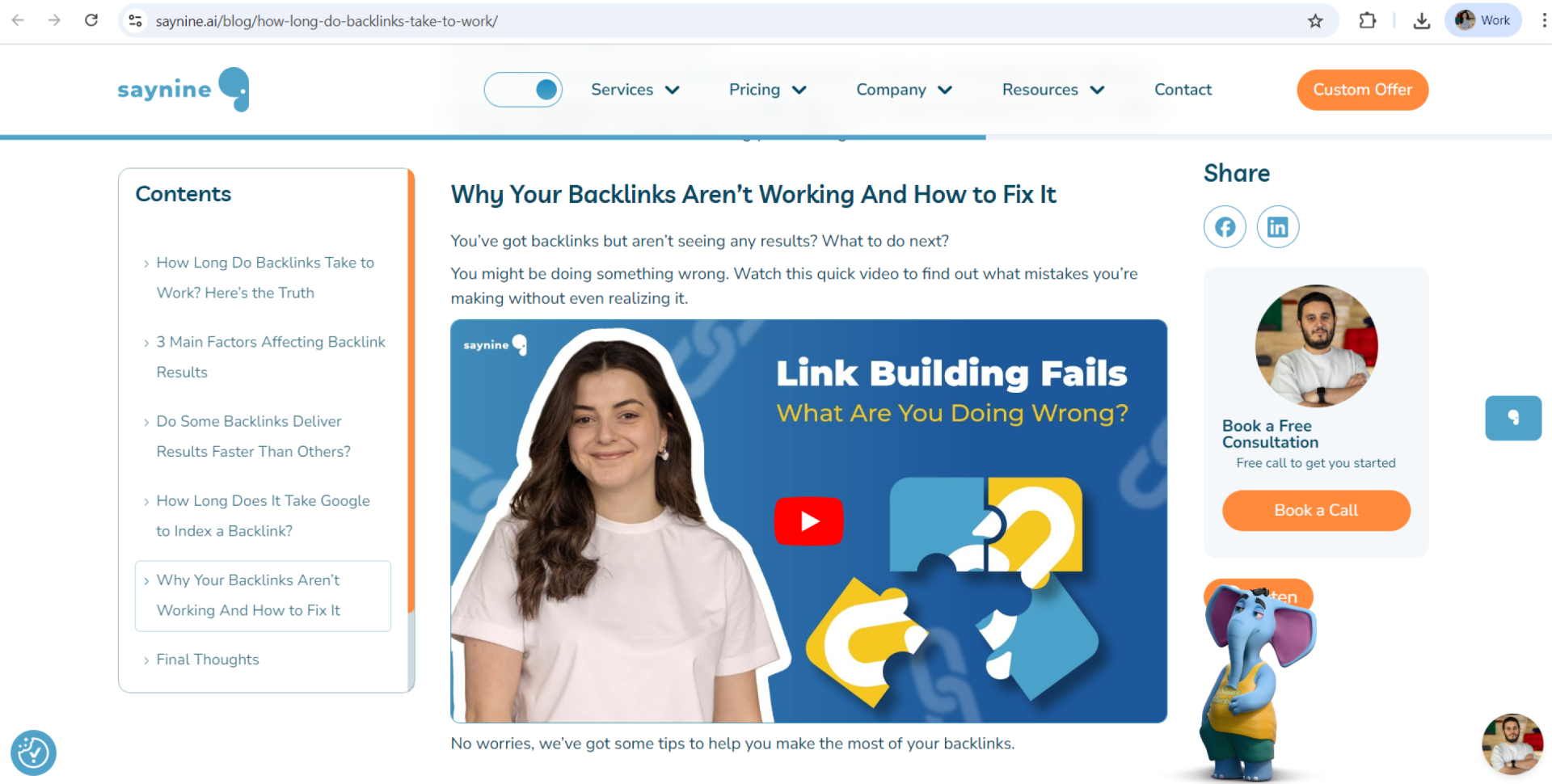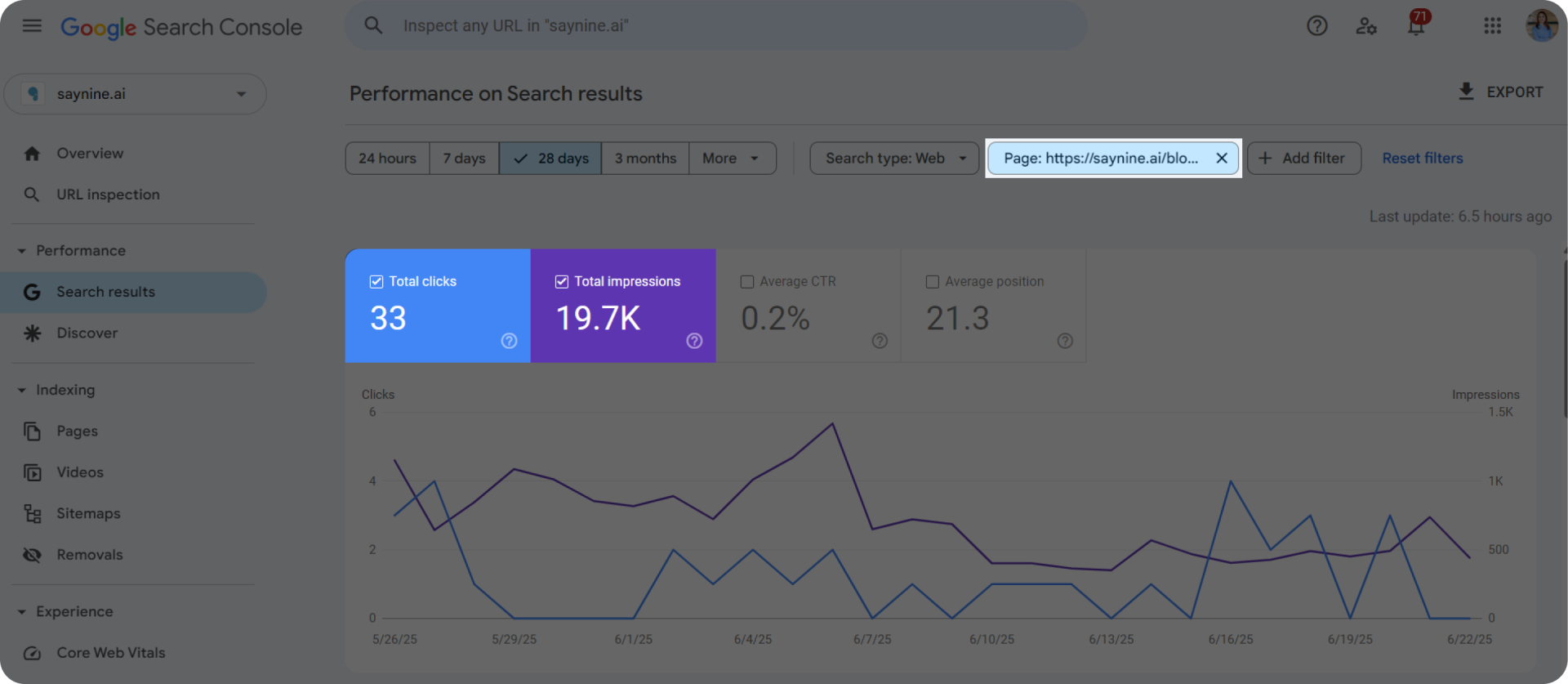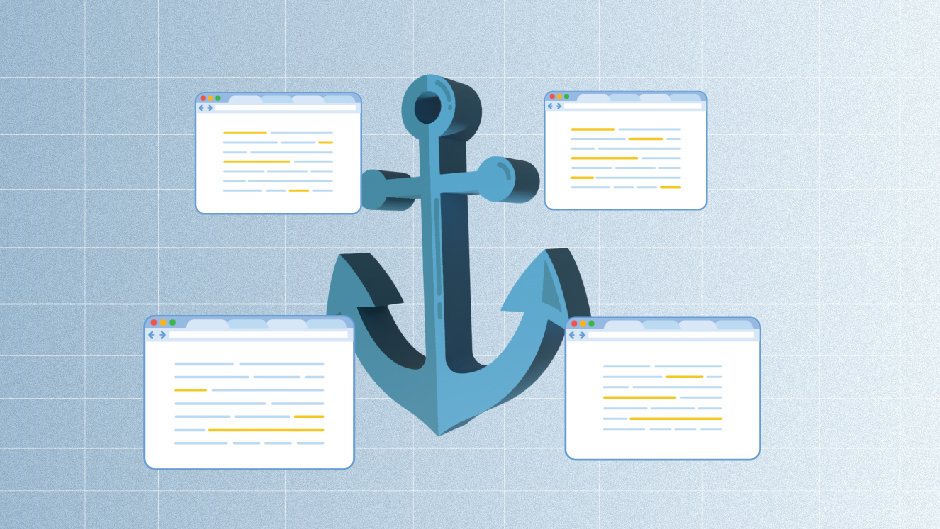Ever wondered why some content attracts lots of backlinks while others get ignored? The secret often lies in creating strong linkable assets.
In this article, we’ll explore what linkable assets are, why they matter for SEO, the different types you can create, and how to build them effectively. You’ll also learn how to analyze their performance using SEO tools.
Let’s get started!
What Are Linkable Assets?
Linkable assets are high-value pieces of content that naturally and organically attract backlinks from other websites.
These are not just any content. They offer so much value that people want to reference and share them. As a result, they get links without the need for direct outreach or active link building.
A strong linkable asset typically will:
- Educate the reader on a specific topic
- Provide helpful, well-researched information
- Solve a common problem or answer a key question
- Offer a unique perspective or expert opinion
For example, when we work on content and need a credible source to support a point, we often link to HubSpot articles. Not because we’re asked to, but because the content is trustworthy.
That’s exactly what a linkable asset is: something so useful that people choose to link to it on their own.
Are Linkable Assets Important for SEO?
Linkable assets play a big role in SEO.
Here’s how:
- Higher rankings – Linkable assets attract backlinks, and backlinks are one of Google’s main ranking factors. So, the more trusted sites link to your content, the higher it can rank in search results.
- More traffic – As your rankings improve, your content becomes easier for people to find, leading to more clicks and organic traffic.
- Better conversions– If a blog post focuses on a topic that encourages action, like an article about outsourcing, the traffic you attract can turn into leads and customers.
- Stronger brand reputation – Building links from famous sites like Ahrefs or Semrush signals to Google and readers that your content is trustworthy, improving brand reputation.
For example, one of our articles earned a natural backlink from Mailmunch, a famous email marketing platform. It was great to see our work featured in their blog post about content strategies. Feel free to check it out if you’re curious.
They referenced our article about backlink monitoring, which explains how to track your backlinks and assess their quality for better results.
Moving on to the types of linkable assets!
Main Types of Linkable Assets
All types of blog posts or visual content can become a linkable asset.
Some content formats naturally perform better than others when it comes to earning backlinks.
Here are the most common and effective types of linkable assets:
- Listicles – Blog posts structured around lists, such as tools, tips, steps, or ideas. They’re easy to scan and packed with value, making them highly shareable.
- Case studies – Real examples that show real results. Case studies are trusted by readers because they present evidence of what works (or doesn’t).
- Statistics – Posts including original research and industry surveys. These are linkable because others use them to support their own content.
- Infographics – Content that turns complex information into a graphic, making it easy to understand as well as visually appealing. Here’s an example of an infographic about link building statistics we recently created.
- Guides or tutorials – Step-by-step content that helps readers understand a process. If it’s well-structured, it often becomes a linkable asset.
- Videos – Obviously, they explain topics in a more visual and memorable way, increasing the chances of being shared and earning backlinks.
Now that we know the types of linkable assets, let’s move on to understanding how to create them for the best results!
How to Create Linkable Assets: 3 Easy Tips
Creating linkable assets takes more than just writing a blog post.
Let’s explore some key tips for linkable content creation:
Do Research
Every great linkable asset starts with solid research.
But before that, it’s important to know who you’re creating content for. Start by learning about your target audience. What do they care about? What kind of content do they engage with most?
If you’re active on social media, you already have a starting point. You can observe what your audience likes, shares, and comments on. To take it a step further, social media scraping can help you gather deeper insights by collecting data from location-specific platforms and conversations.
This allows you to better understand your audience’s interests and create content that truly connects with them.
Once you know your audience, you can start your primary research.
Here are the best ways to do it:
- Interviews: All of our blogs are built on interviews with professionals from our own team. We love this technique because talking to experts gives your content authority and depth.
- Surveys: You can use them to collect insights and turn the results into statistics, infographics, or original reports.
In addition to this, you can do secondary research, which includes looking up facts or definitions.
While it’s okay to include such commonly available information where needed, what really makes an asset stand out is something new based on your research and collected data.
This brings us to the next tip!
Provide Value
You should always create linkable assets with the goal of helping the user. Never copy, paste, or rephrase what’s already out there.
The most valuable content is about an original topic no one else is talking about.
Let me explain.
We wrote an article about rejected backlink requests, which explores the common reasons for rejection, how to respond professionally, and practical tips to prevent it from happening.
At the time, no other site on Google, nor any of our competitors, covered this topic. It was solely about our experiences as a link building agency.
The goal wasn’t just to drive traffic, but to share insights and strategies that could provide long-term value, both for readers and for Google.
By sharing unique methods and original approaches, you align with Google’s E-E-A-T guidelines, which focus on user-friendly and expert-driven content.
This not only improves your rankings but also strengthens your linkable assets over time.
Moving forward!
Make Your Content Interactive
Another good way to turn your content into a linkable asset is to add interactive elements.
Various tools and social media platforms can help you with this. Maybe you can embed Instagram feed on website or find other creative solutions.
Also, consider including things like:
- Quizzes: Many of our blog posts have a fun quiz in the end to make things more engaging and increase viewers’ time-on-page. Here’s one quiz from a recent article about keyword density.
- Videos: The same goes for videos. They also boost on-page time and engagement. In our blog post How Long Do Backlinks Take to Work, we included a video from our YouTube channel. It fits perfectly with the topic and helps readers understand that common link building fails in a simple way.
If needed, you can also work with video marketing agencies to create professional videos that complement your articles and make your content stand out even more.

Link to the video
Now that you know how to effectively create linkable assets, let’s move on to learning how to analyze them using SEO tools!
How to Track Linkable Assets: 3 Handy Tools
Analyzing linkable assets is key to understanding which type of content performs better and naturally attracts backlinks.
When analyzing your content, check the following:
- Does the blog post bring in traffic?
- Is it ranking for specific keywords on Google?
- Did it naturally get backlinks from other sites?
Here are the tools we use:
Ahrefs
The importance of backlinks cannot be overstated when it comes to SEO or building linkable assets. And Ahrefs is one of the best tools to help you monitor those backlinks.
It allows you to see which websites are linking to your blog posts and understand how those backlinks are affecting your search rankings.
To see if your blog post has received any backlinks:
Step 1: Go to the Site Explorer and enter the URL of the blog post you want to analyze.

Step 2: Head to the Backlinks section to view a detailed list of external sites linking to your content.
This helps you see the diversity and strength of your backlink profile. Plus, you can ensure your linkable content gets backlinks only from relevant and reputable sources.
Google Search Console
Google Search Console is very useful for analyzing how your content is performing.
Here’s what you should check:
- Total clicks – This shows how many users clicked on your page after seeing it in Google Search. It reflects actual traffic from search results.
- Total impressions – This shows how many times your page appeared in search results, even if no one clicked on it. It’s a good indicator of visibility and keyword relevance.
To check these metrics: Just go to the “Search Results” section, select “Pages,” and pick the article you want to analyze.

Review the clicks and impressions to understand how discoverable your content is, and whether it’s getting enough attention to become a strong linkable asset.
Next tool!
Google Analytics
Google Analytics is another great tool to track how users interact with your content beyond just search traffic. It provides insights into visitor behavior that can help you understand how engaging your linkable assets are.
Most important metrics you can monitor include:
- Active users – The number of visitors engaging with your content over a given period.
- Average engagement time – How long, on average, users spend on your page. This helps understand whether your content is holding their attention. If readers leave quickly, say after 40 seconds, it might be time to update your content to make it engaging and link-worthy.
To check these: Go to the “Reports” and check out the “Engagement” section. Here’s what it looks like.

Checking all these stats once a month can help you understand if your content needs improvements, growing your chances of having content assets that attract backlinks.
To sum up
As you see, creating linkable assets takes planning, creativity, and a focus on value.
Now that you know how to build and analyze them effectively, you’re ready to start creating content that attracts backlinks naturally.
But if you’re still struggling with linkable assets not getting the results you hoped for, we can help. Contact our specialists to boost your content and rankings with strong backlinks.
FAQ about linkable assets
What is linkable content?
Linkable content refers to any type of content that is helpful and naturally attracts backlinks.
How useful are linkable assets?
Linkable assets are highly useful, as creating link-worthy content can naturally gain backlinks, leading to improved rankings and traffic.




